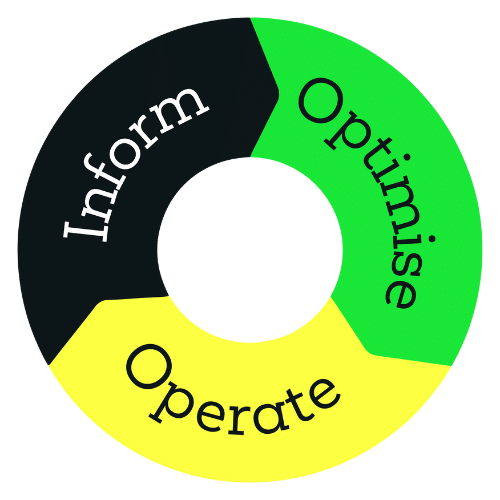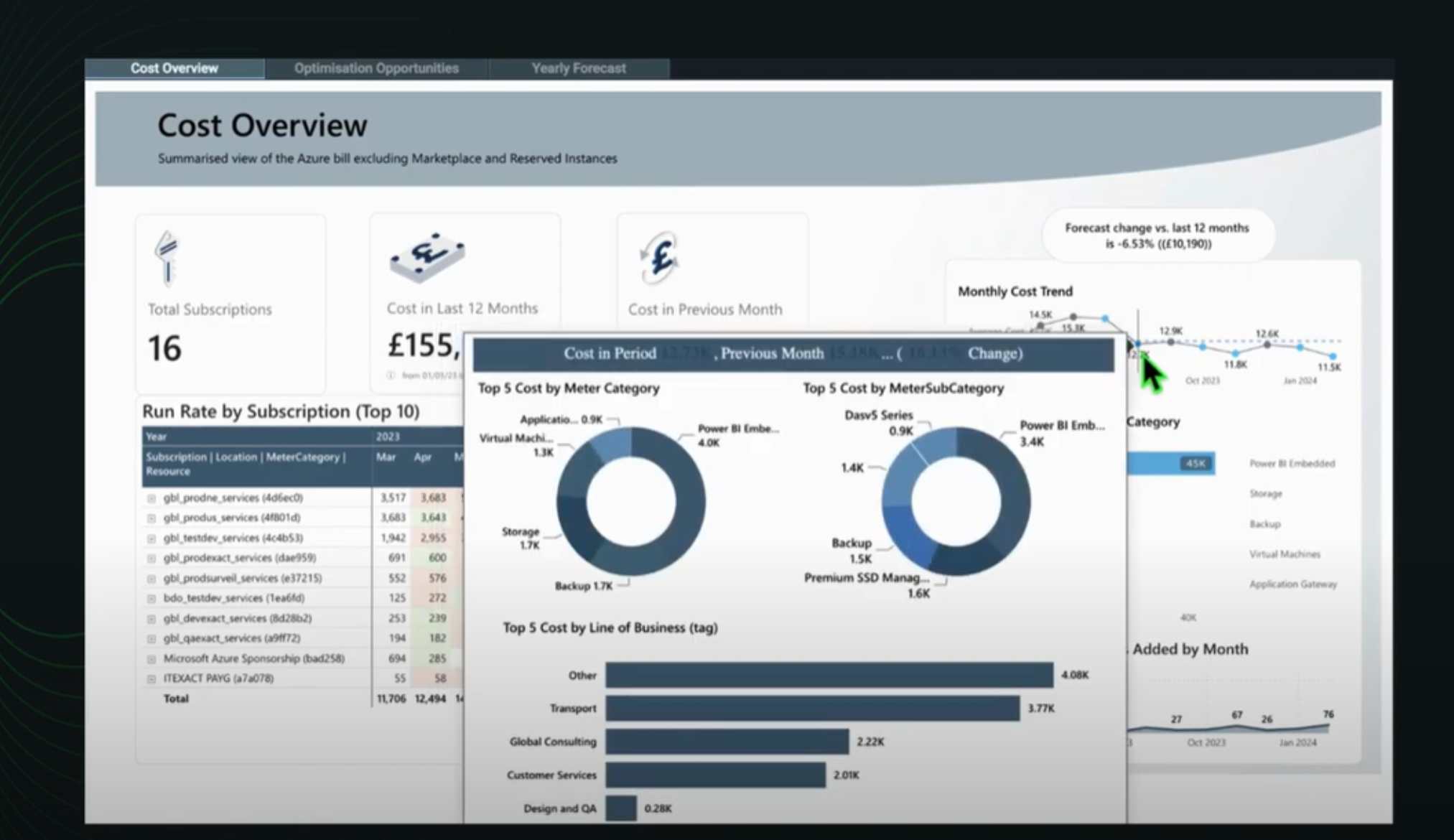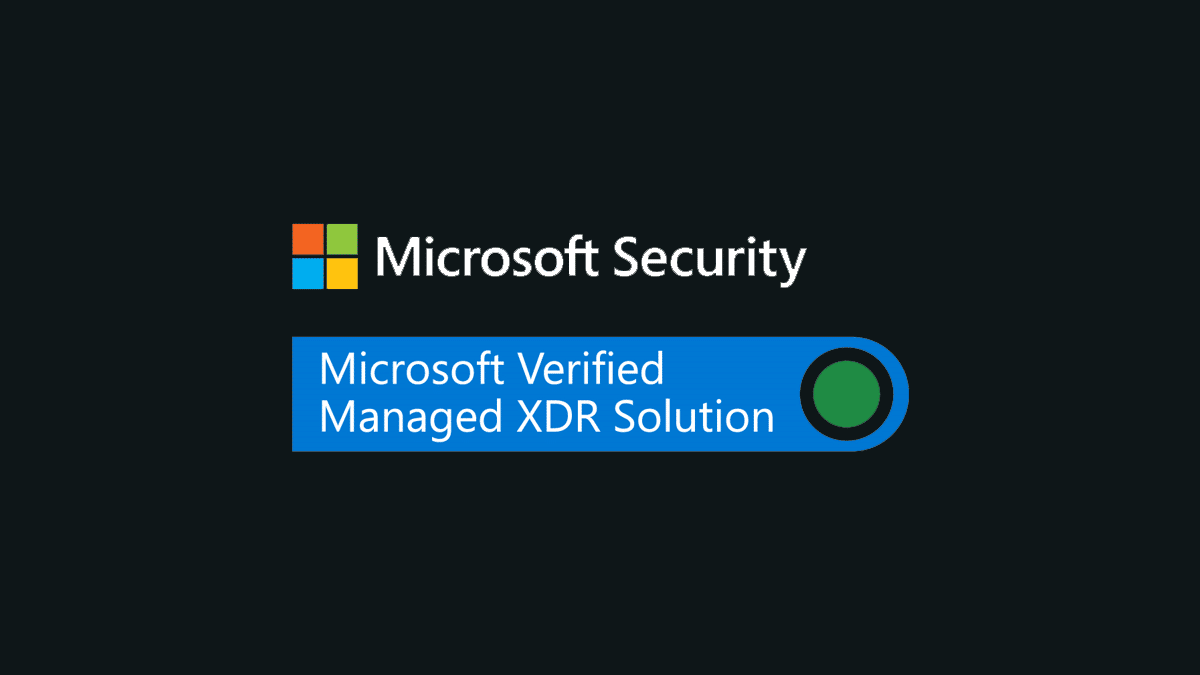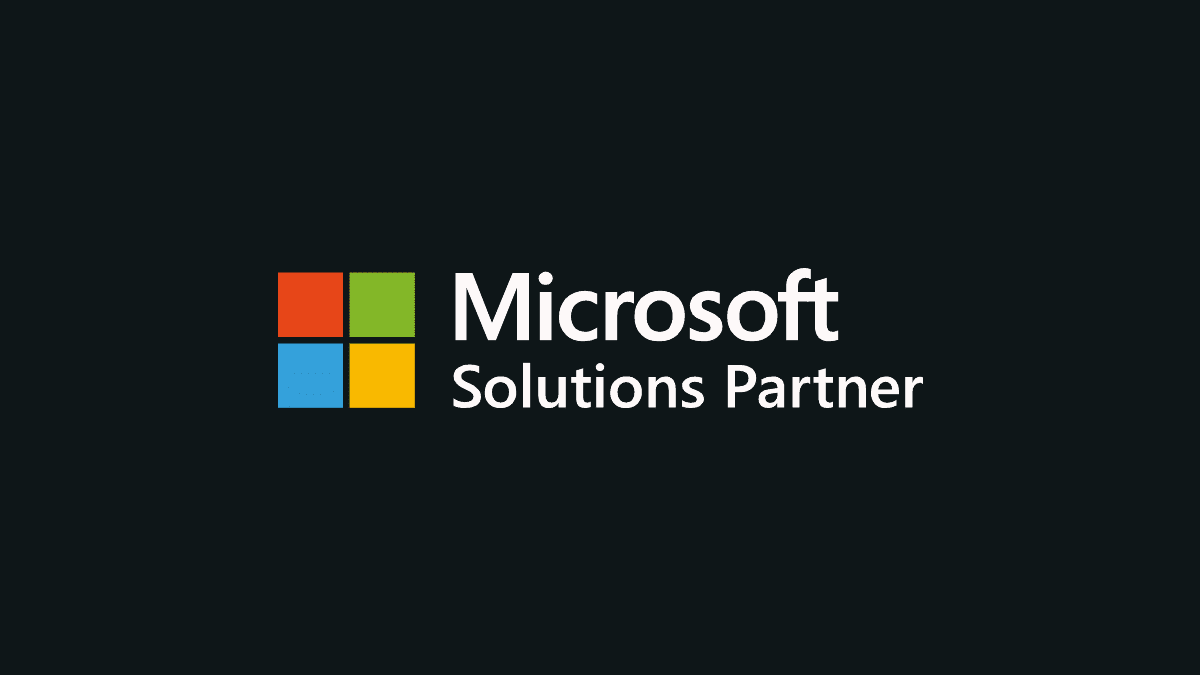With cloud computing core to an organisation’s operations, optimising spend is as crucial as harnessing the cloud’s power. FinOps offers a framework to turn financial fog into clear, strategic vision.
The tech industry loves a new portmanteau word. Particularly if it ends in Ops.
So welcome to the party, FinOps.
To be fair, FinOps as a term has been around for a few years. It was first coined towards the end of the last decade. Today, as we move from an era of cloud transformation to one of cloud ubiquity, its prominence is growing.
But what is it?
Well, understanding FinOps is a step towards cost-efficient cloud computing. And substantial savings to your bottom line.
A simple introduction to FinOps
Cloud Financial Operations, FinOps to its friends, is a management framework for optimising the cost-efficiency of your cloud infrastructure. A method to ensure you get optimal value for every pound spent.

At its core, FinOps is a cultural practice. It’s the way for teams to manage their cloud costs, where everyone takes ownership of their cloud usage supported by a central best-practices group.
Basically, it’s about encouraging and enabling a culture of shared responsibility for cloud consumption from the different stakeholders within an organisation.
Such as:
IT
Operations
Finance
And any other cross-functional team who may have an input or impact on how cloud services are used and consumed.

How to optimise your Azure and Microsoft 365 spending
See how you can achieve 30% licensing cost savings.
FinOps is the framework for cloud cost-efficiency
The one thing to understand about FinOps is that it’s not wholly about the implementation of tools and technologies (although they certainly have a key role to play).
It’s about re-setting the cultural approach to cloud usage across the entire organisation.
FinOps presents a framework for gaining greater visibility and data on how cloud resources are consumed across the business. A platform that enables organisations to achieve optimised, efficient, and ever improving cloud usage.
With everyone in the organisation playing a part in the process.
So why is this important?
Well, to answer that question, we need to understand just how much cloud investment contributes to modern organisational costs.
According to a report from Forbes in February 2024, an estimated 94% of all organisations worldwide are now using cloud computing to some degree.
For a large number of organisations, this has led to cloud investment becoming primary the source of operational expenditure (OpEx).
It’s an investment that can quickly become a big challenge to manage. Organisations can easily lose visibility over usage and licences across the estate.
A situation exacerbated by things like:
Pay-as-you-use pricing
Consumption variations across teams and individuals
Staff turnover
Growth (or shrinkage) in the business
All of which can lead to under-utilisation and waste.
And when industry reports suggest upwards of 30% of cloud costs are wasted, this clearly represents a challenge that needs to be addressed.
So much so, in fact, that the FinOps Foundation’s ‘State of FinOps’ report for 2024 revealed that reducing waste and unused resources has become a top priority issue for organisations heavily invested in the cloud.
This puts organisations under increasing strain to get a better handle of spending and their budgets in general. No surprise, therefore, that cloud cost control has become a critical challenge.
And it’s this backdrop that serves as the driving force behind the FinOps framework.
The six principles of FinOps
The FinOps Foundation offer a set of six guiding principles that organisations should adhere to when creating a FinOps framework. Principles designed to unify the efforts and culture for every stakeholder.
Inform, optimise, operate
Like any good framework, FinOps works through a series of phases to achieve effective cost-management and efficiency.

Inform
The Inform phase enables organisations to gain cloud spend visibility, accurately budget, allocate costs, and get forecasting insights. This phase promotes a better understanding of cloud costs, analyses, and benchmarking of performance both internally and against peers.
Optimise
In the optimisation phase, the focus shifts to reducing waste and increasing efficiency. This can involve rightsizing resources to match workload demands, choosing cost-effective pricing models, and identifying underused or unnecessary resources for elimination. The aim is to ensure that cloud spending is aligned with business value.
Operate
This is where cost optimisation practices are embedded into daily operations. It involves setting up policies, governance structures, and automated tools to monitor and manage cloud costs continuously. Of fostering a culture where all stakeholders are accountable for their cloud usage and costs, and ensuring that FinOps principles are an integral part of the operational workflow.
3 reasons to get FinOps right
That’s the framework explained, but what are the benefits?
How to get started with FinOps in your organisation?
OK, so we understand that FinOps is a cultural shift to take an organisation into the promised land of cloud cost-efficiency.
But to achieve this, you need to have the right tools in place.
This can be a maze of confusion if you’re trying to manually extract the right data from your cloud provider. And a major drain on time and resources.
That’s why we advocate an alternative.
At Kocho we provide a cloud optimisation service for Azure and Microsoft 365 users.
It combines cutting-edge AI-driven technologies with the principles of the FinOps framework. Quickly identifying opportunities to reduce waste and improve utilisation. And continually analysing your cloud estate to stop overspending, and to enable maximum ROI.
Watch our short video ↓↓
Speak to our team to arrange a short demo and find out how to unlock major savings in your organisation.
Key takeaways
FinOps promotes a culture of collaboration and financial accountability across IT, finance, and business units.
It’s not merely about cost control but about maximising the full value of your cloud investments.
Data-driven insights from FinOps practices lead to significant cost savings and more accurate budget forecasting.
FinOps is an ongoing journey, with regular reviews and adjustments essential to adapt to changing business needs and cloud usage patterns.

How to optimise your Azure and Microsoft 365 spending
Using AI and deep analytics, discover how you can:
- Improve visibility of license breakdown & usage
- Achieve average cost savings of up to 30%
Next steps
Like this guide? Then don’t forget to share it with your followers.

Great emails start here
Sign up for free resources and exclusive invites
Subscribe to the Kocho mailing list if you want:
- Demos of the latest Microsoft tech
- Invites to exclusive events and webinars
- Resources that make your job easier

Don't Miss
Great cloud transformation resources



























Got a question? Need more information?
Our expert team is here to help.











